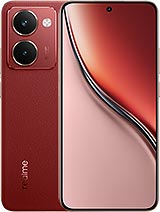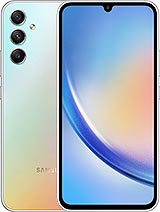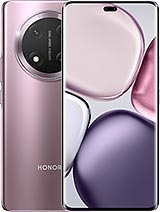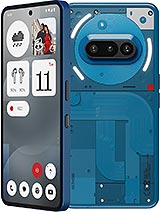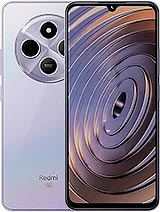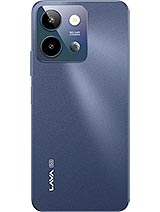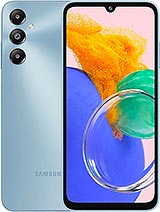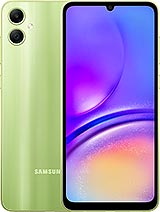Infinix GT 30 Pro alternatives
Tap above to see alternatives.
Lava Yuva 4 4G alternatives
Tap above to see alternatives.
Infinix GT 30 Pro
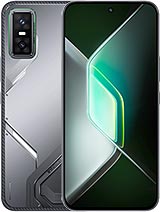
Infinix GT 30 Pro
-
Dimensity 8350
4 nm
-
5500 mAh
45W
-
6.78"
1224 x 2720 pixels
-
108 MP
4K@30/60fps
- Specs
Lava Yuva 4 4G

Lava Yuva 4 4G
-
Unisoc T606
12 nm
-
5000 mAh
10W
-
6.56"
720 x 1612 pixels
-
50 MP
1080p@30fps
- Specs
1x3.35 GHz Cortex-A715
3x3.20 GHz Cortex-A715
4x2.20 GHz Cortex-A510
2x1.6 GHz Cortex-A75
6x1.6 GHz Cortex-A55
12GB 256GB (UFS 4.0)
4GB 128GB (UFS 2.2)
f/1.9, (wide), PDAF
8 MP
f/2.2, 111˚ (ultrawide), AF
(wide), AF
VGA
Auxiliary lens
1080p@30/60/120/240fps
f/2.2, (wide)
1080p@30fps
SIM1: Nano, SIM2: Nano
SIM1: Nano, SIM2: Nano
FDD: N1, N3, N5, N7, N8, N12, N20, N28
TDD: N38, N40, N41, N77, N78
FDD: N1, N3, N5, N7, N8, N12, N20, N28
TDD: N38, N40, N41, N66, N71, N77, N78
In this performance comparison, the Infinix GT 30 Pro with its Mediatek Dimensity 8350 (4nm) performs better than the Lava Yuva 4 4G with the Unisoc Unisoc T606 (12nm), thanks to superior chipset efficiency.
Infinix GT 30 Pro offers 2 years of OS updates, whereas Lava Yuva 4 4G provides 1 years. For security updates, Infinix GT 30 Pro offers 3 years of support compared to Lava Yuva 4 4G's 2 years.
Infinix GT 30 Pro features a superior AMOLED display, while Lava Yuva 4 4G comes with an LCD panel. In terms of smoothness, Infinix GT 30 Pro offers a higher 144 Hz refresh rate, ensuring fluid scrolling and animations. Both devices deliver the same brightness level at nits. Notably, Infinix GT 30 Pro offers a higher screen resolution, resulting in sharper visuals and more detailed content.
Infinix GT 30 Pro comes with a larger 5500 mAh battery, which may offer longer usage on a single charge. Infinix GT 30 Pro also supports faster wired charging at 45W, compared to 10W on Lava Yuva 4 4G. Infinix GT 30 Pro supports wireless charging at 30W, while Lava Yuva 4 4G does not support wireless charging.
Infinix GT 30 Pro includes an IP64 rating, while Lava Yuva 4 4G lacks an official IP rating.
¹ Scores can vary even with the same chipset due to RAM, thermals, and software optimization.

